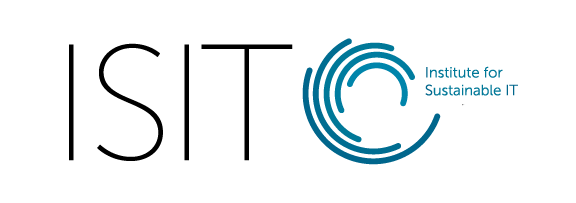About equipments
The list of equipments will be completed over time as new reliable data becomes available.
The impact of generic equipment (Laptop other, Desktop other, etc.) is an average made from the aggregation of data from various equipments or directly from existing averages in the above mentioned sources.
The reduction of impact linked to the purchase of reconditioned equipments will soon be taken into account.
About the use of emails
This data is particularly sensitive because it is very difficult to have exact measurements of email energy consumption. Many life cycles should be observed to be sure of the measurement (e.g. an email with a 1.5 MB attachment sent to 3 recipients, 1 email without attachment sent to 10 recipients, an email with 2 attachments of 300KB sent to 1 recipient, etc.).
Thus the measure remains an approach to potential consumption but cannot take into account the complexity of situations in a certain way.
The source used is the ADEME Impact database, whose figures are presented here: https://librairie.ademe.fr/cadic/6555/guide-en-route-vers-sobriete-numerique.pdf (FR)
About video conferencing
Free and open data are still relatively unavailable. The calculator is based on the data published here:
- https://greenspector.com/fr/quelle-application-mobile-de-visioconference-pour-reduire-votre-impact-edition-2021/ (FR)
- http://www2.eet.unsw.edu.au/~vijay/pubs/jrnl/14comcomVC.pdf
Thus, the figure used remains an approach that will need to be refined over time.
About cloud storage
The footprint we can estimate regarding data manipulation in the cloud remains conditional on existing studies with disparate results.
We have chosen to use the figures of the Green Cloud Computing study (2021) based on the work of Umweltbundesamt (the German federal agency for the environment) which allows a rational approach to the subject, used as a reference by DINUM (209.5 g CO2 / GB / year).
Thus, it is a single indicator regardless of the cloud solution used.
About other tasks done online
The ADEME data allow us to estimate the energy cost of surfing the Internet. This figure, updated in the 2nd half of 2022 by ADEME, has enabled us to readjust the calculation proposed by our calculator to better estimate the carbon cost of one hour of Internet browsing. Sources:
About the additional information
Additional information, such as your country of residence, requested as part of your responses is intended to refine the consolidated, anonymous figures but is in no way a means of collecting personal data on respondents.
Principle of continuous improvement
ISIT is committed to continuous improvement of the Sustainable IT calculator and to regularly updating the indicators based on public, free and open studies that improve the accuracy of the results provided.
ISIT welcomes your feedback and suggestions to improve the tool and correct, among other things, certain data that may be inaccurate or outdated following the publication of new studies. You can contact us at the following address myimpact [@] isit-europe.org to send us your comments and suggestions.
